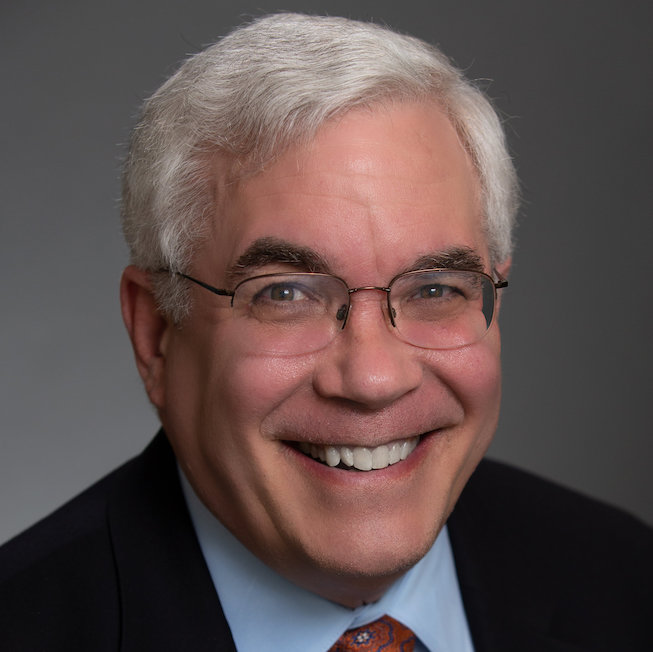2 minutes
Just like CUs and their boards, supervisory committees must change with the times.
By Michael G. Daigneault, CCD
We survey a lot of credit union board members. And generally most will say they are pretty satisfied with the job their supervisory committee is doing. In fact, of the five areas on which we survey (vision, mission and strategy; board structure and composition; fiduciary oversight; governance and leadership; and supervisory committee), fiduciary oversight and supervisory committee usually are the two highest-scoring areas.
But I’ve been troubled lately. Why? Because a good percentage of board members we interview admit that: (1) they don't really know what their supervisory committee does; (2) if they do know what their committee does, the practices of their supervisory committee do not appear to have changed much in the last decade; and (3) almost 45 percent of board members think their supervisory committee’s analysis of the top operational and strategic risks facing their credit union are less than effective.
Notably, half of the board members at one CU client even described their supervisory committee’s oversight of the external auditor--traditionally one of the key functions of that committee--as either adequate or even ineffective.
So, what’s going on? Today’s credit unions are not like the credit unions of yesterday. The CU world is increasingly multifaceted, with regulatory complexity, a growing number of mergers and acquisitions, disruptors from all sides, evolving board governance and leadership practices, exploding technology, and different types and degrees of risk.
Just as your credit union evolved from its early days when the governing board served multiple roles and the supervisory committee’s charter was likely focused only on the external audit, so, too is it time for that committee’s purpose to evolve with the changing landscape. Many supervisory committees today are being stretched beyond their traditional focus of helping to oversee the internal and external audit functions of a credit union.
They also are being asked to carry out verification of accounts, receiving member complaints, ensuring regulatory compliance, and other critical oversight processes, including – for some credit unions – the possible suspension of credit union board members. The most progressive credit unions are going even further--asking supervisory (and audit) committees to expand the scope of their efforts to include the idea of risk beyond just financial risks.
As such, some supervisory committees are taking a more active role in helping to encourage the credit union’s enterprise risk management efforts--working in cooperative partnership with management, including the CEO and CFO--to identify and mitigate key risks facing the credit union. How far does your supervisory committee go? And how would you and your colleagues on the board answer the question, How effective is your supervisory committee’s analysis of the top operational and strategic risks facing your credit union?
Michael Daigneault, CCD, is CEO of Quantum Governance, L3C, a CUES strategic partner in governance. Daigneault has more than 30 years of experience in governance, management, strategy, planning and facilitation. More than 40 percent of Quantum Governance’s engagements represent credit unions. Read more from Daigneault and other experts in this supervisory committee article from Credit Union Management magazine. Also, send directors and members of your supervisory committee to learn more this June. Daigneault and his colleague, Al DeLeon of DeLeon and Stang CPAs, will lead Supervisory Committee Development Seminar, June 15-16 at the Omni Homestead Resort in Hot Springs, Va.









